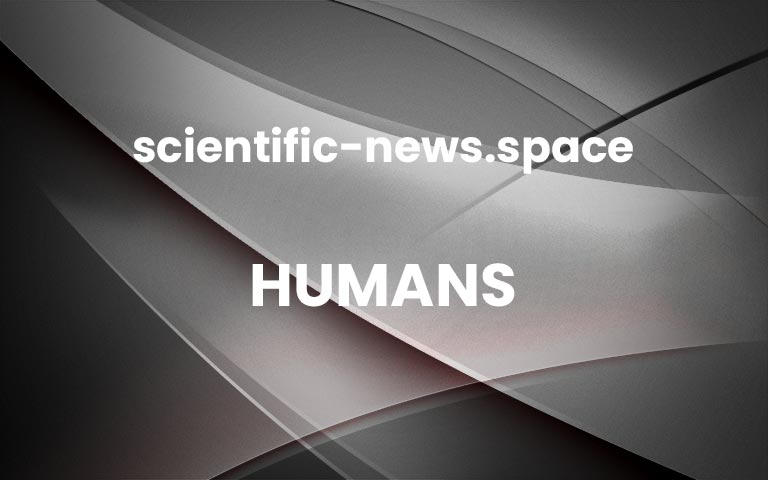Stone tools with purple dye residue found at Tel Shiqmona in IsraelMaria Bukin/Shalvi et al., 2025, PLoS One, CC-BY 4.0
For centuries, a coastal settlement in modern-day Israel was home to the industrial-scale production from marine snails of a purple dye that was one of the ancient world’s most precious commodities.
Known as Tyrian purple, it was especially sought after to colour woollen textiles and was highly prized by the wealthy and powerful in Iron Age Mediterranean societies. But until now the direct evidence of any sites of large-scale production has been sparse.
Advertisement
From 1100 BC to about 900 BC, Tel Shiqmona was a small Phoenician fishing village where purple dye was produced on a small scale. Then, as the Kingdom of Israel began to expand, the site was transformed “from a fishing village to a fortified purple dye production centre”, says Golan Shalvi at the University of Chicago.
During archaeological work at the site, Shalvi and his colleagues found the remains of dye-stained vats used to process the substance, each of which could have held up to 350 litres of liquid. Altogether 176 artefacts related to purple dye production were recovered, including 135 purple-stained items.
The dye is harvested from sea snails in the Muricidae family, which secrete mucus to defend themselves and kill prey. “The secretion is initially a slightly greenish fluid, which oxidises upon exposure to air and gradually turns purple,” says Shalvi. “However, in order to transform it into an actual dye — one that chemically bonds with textiles — it must be processed into a solution through a complex series of chemical steps.”
The researchers claim Tel Shiqmona is the only site in the world where there is clear evidence for large-scale manufacture of purple dye in a specialised facility for so long.
However, there are no historical records that tie the site to the dye and little is known about the actual process that was used to manufacture it, says Shalvi.
After the Kingdom of Israel fell around 720 BC, the scale of dye production wound down until the Assyrians took over the site and ramped the process up yet again. Around 600 BC, when the Babylonians conquered the region, dye production at Tel Shiqmona was abandoned.
“It was an industrial site throughout most of the Iron Age, without monumental architecture or any particular beauty or elegance,” says Shalvi. “I imagine it as a very smelly place — especially to a modern nose — since the production process emitted a terrible odour. I picture wool fleeces dyed in various shades drying outside and inside the buildings, which may have given the site a purplish-reddish-blue hue.”
Purple dye has fascinated people all over the world, he says, and it has been the subject of extensive research. “Its association with elite classes and religious rituals gave it immense cultural, symbolic and economic significance far beyond its function as a mere colour.”
Topics:archaeology More



